
cd_nom
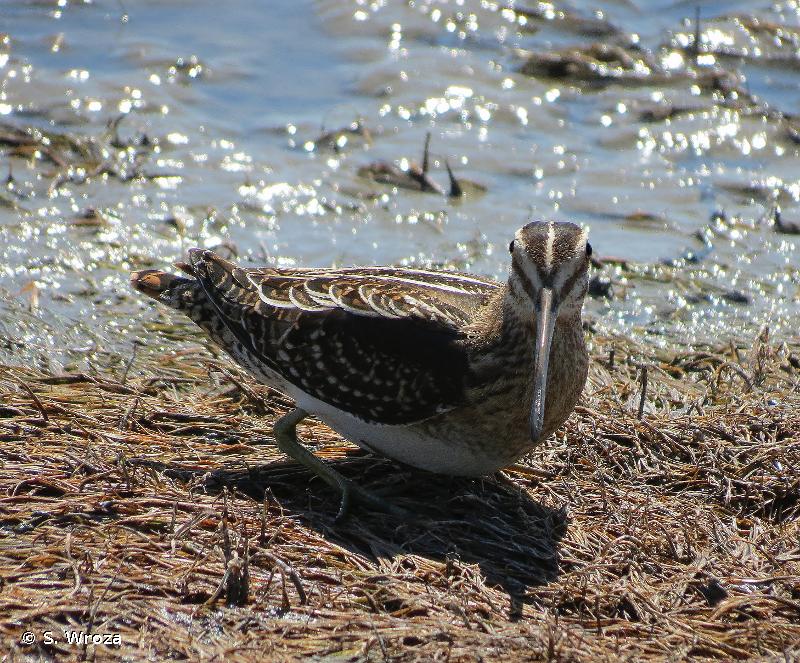
| Author : S. Wroza |
 |
Despite the Creative Commons license, please inform the author of the use which will be made of his photo
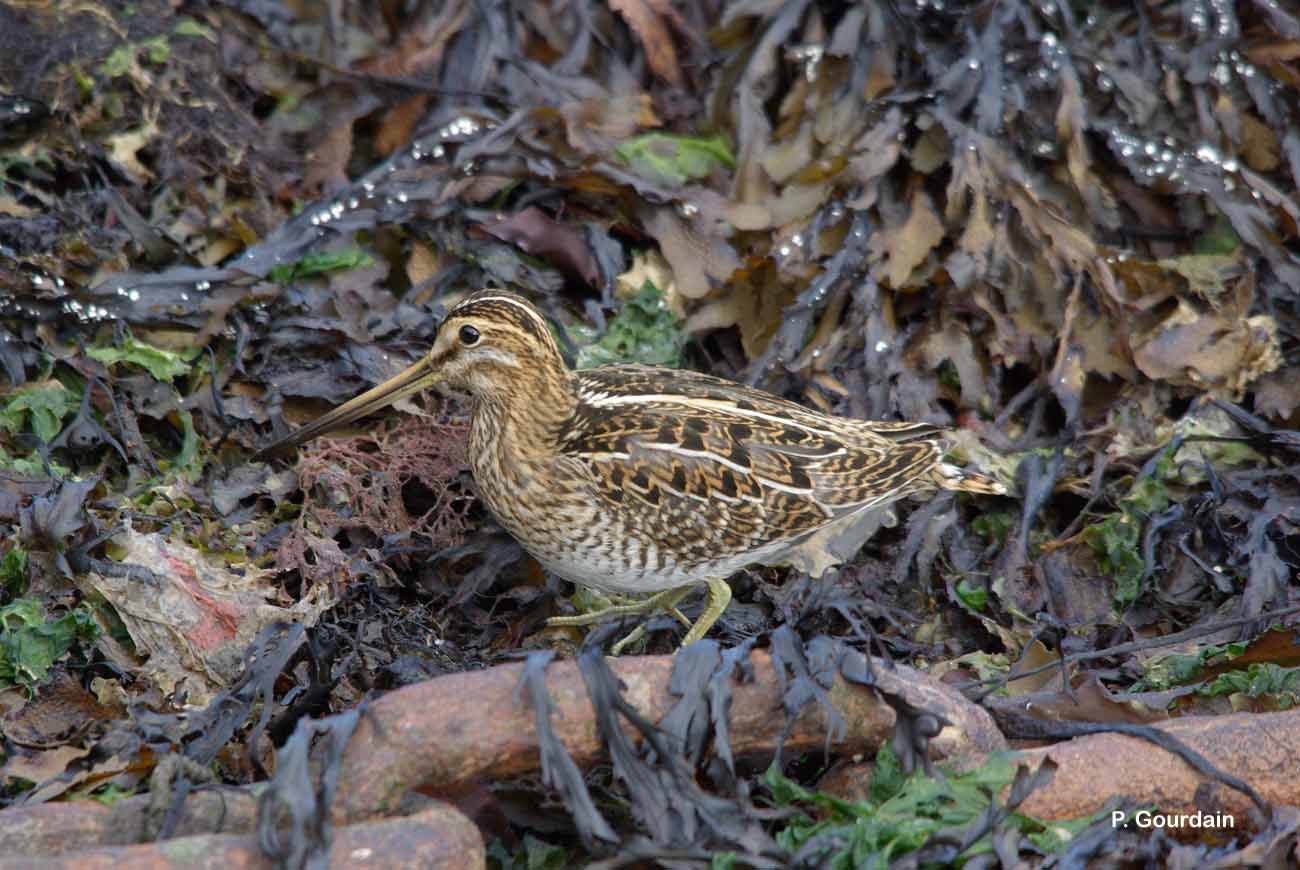
| Author : P. Gourdain |
 |
To get the picture, please visit:
Philippe GOURDAIN
Muséum national d'Histoire naturelle - Service du Patrimoine Naturel
36 rue Geoffroy Saint-Hilaire
CP 41
75 231 PARIS CEDEX 05
e-mail : inpn@mnhn.fr
Legend: Ouessant
Despite the Creative Commons license, please inform the author of the use which will be made of his photo
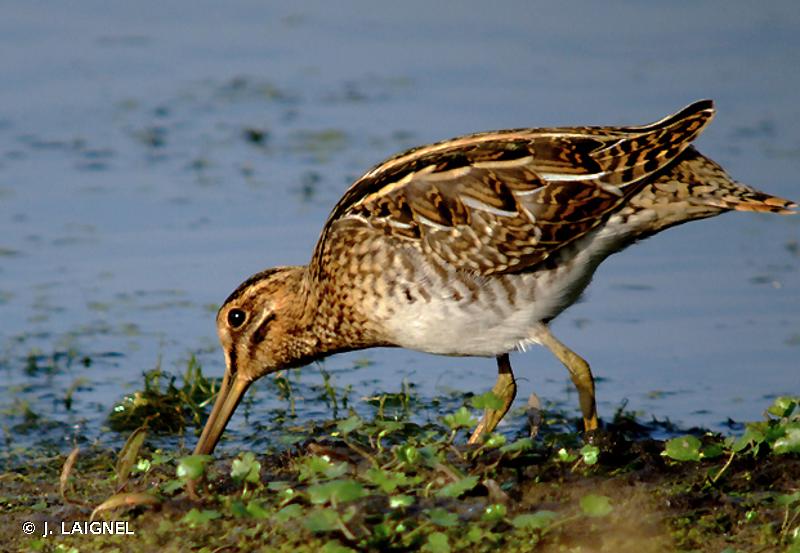
| Author : J. LAIGNEL |
 |
To get the picture, please visit:
Julien Laignel
Chargé de mission SNB - SPN/MNHN
4, avenue du Petit Château
91800 BRUNOY
Tel.: 06.10.68.23.36
Mail: julien.laignel@9online.fr
Despite the Creative Commons license, please inform the author of the use which will be made of his photo
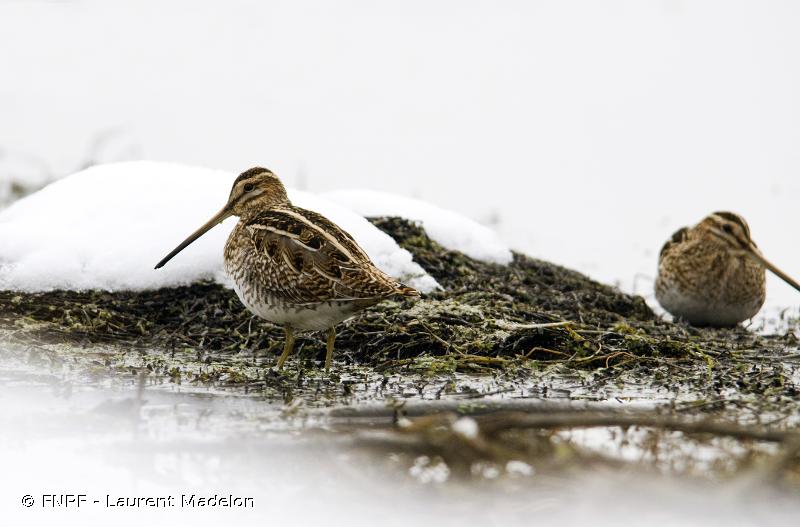
| Author : FNPF - Laurent Madelon |
 |
To get the picture, please visit:
Laurent Madelon
Fédération Nationale de la Pêche en France et de la protection du milieu aquatique
inpn@mnhn.fr
Despite the Creative Commons license, please inform the author of the use which will be made of his photo
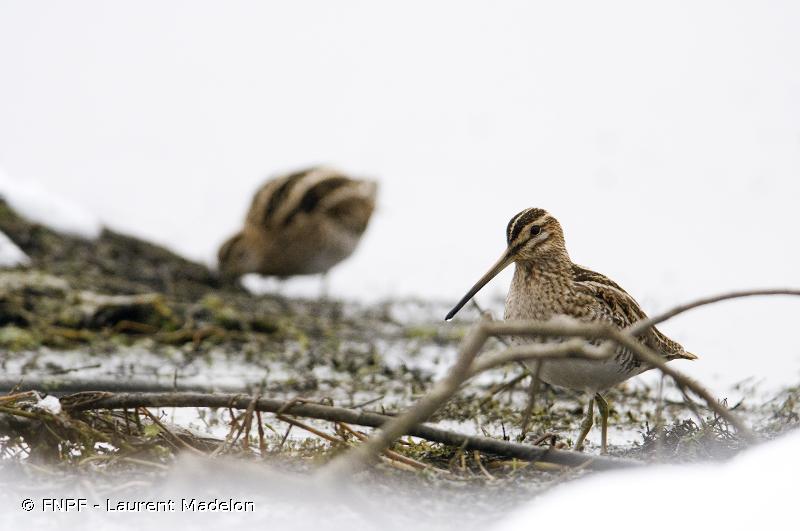
| Author : FNPF - Laurent Madelon |
 |
To get the picture, please visit:
Laurent Madelon
Fédération Nationale de la Pêche en France et de la protection du milieu aquatique
inpn@mnhn.fr
Despite the Creative Commons license, please inform the author of the use which will be made of his photo
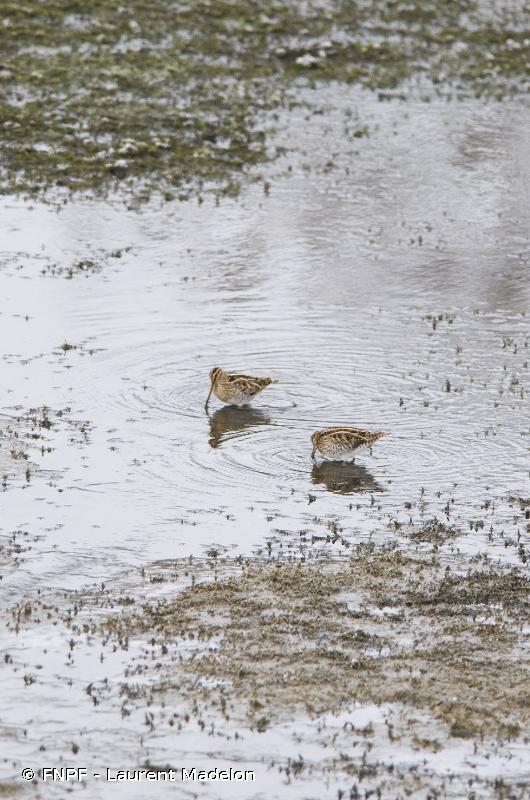
| Author : FNPF - Laurent Madelon |
 |
To get the picture, please visit:
Laurent Madelon
Fédération Nationale de la Pêche en France et de la protection du milieu aquatique
inpn@mnhn.fr
Despite the Creative Commons license, please inform the author of the use which will be made of his photo
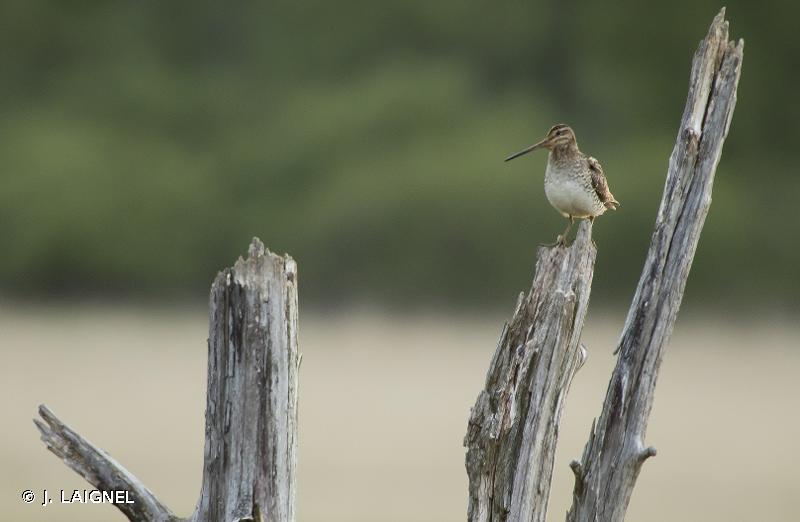
| Author : J. LAIGNEL |
 |
To get the picture, please visit:
Julien Laignel
Chargé de mission SNB - UMS2006-PATRINAT/MNHN
4, avenue du Petit Château
91800 BRUNOY
Tel.: 06.10.68.23.36
Mail: julien.laignel@9online.fr
Despite the Creative Commons license, please inform the author of the use which will be made of his photo
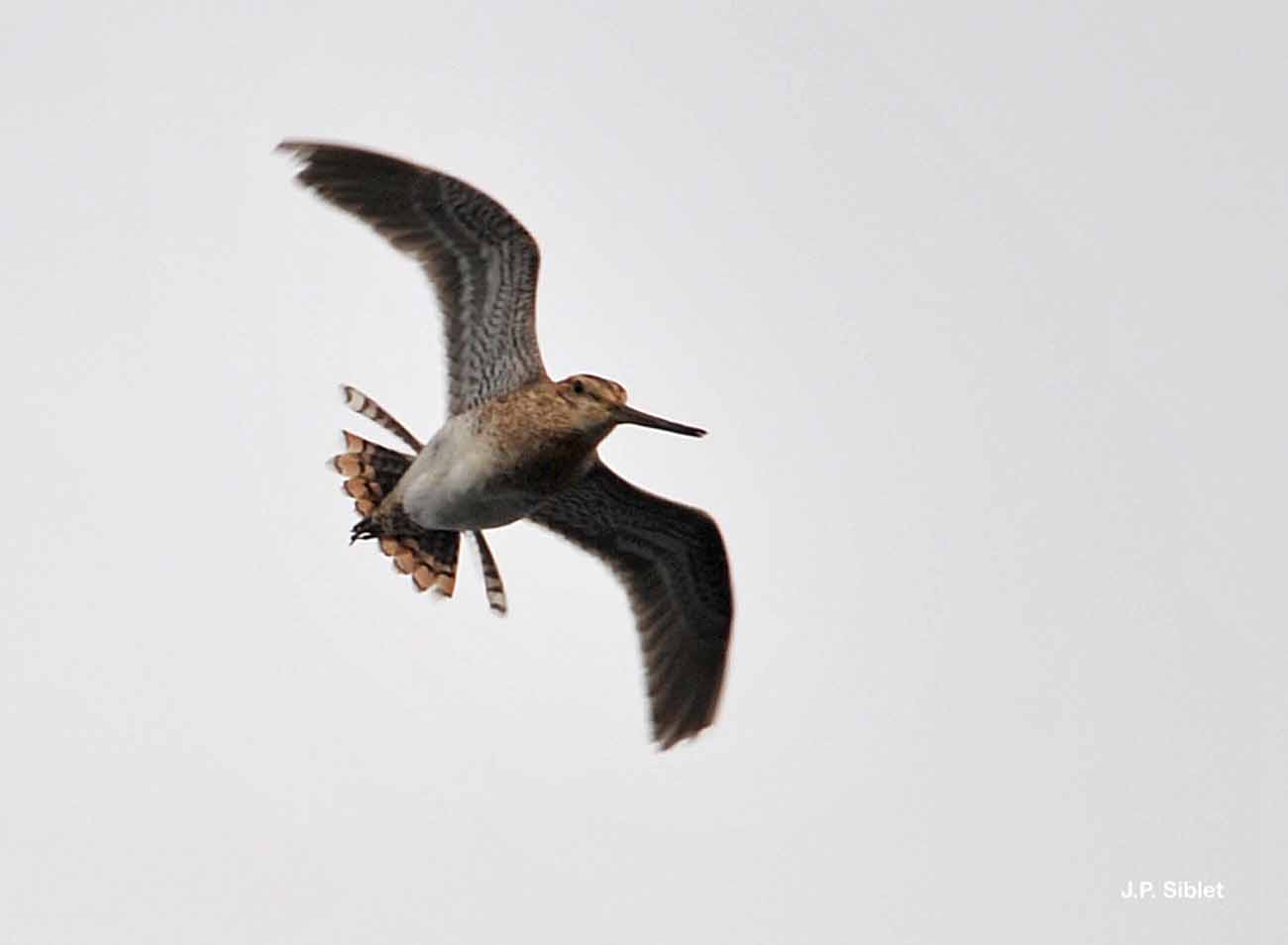
| Author : J.P. Siblet |
 |
To get the picture, please visit:
Jean-Philippe SIBLET
Muséum national d'Histoire naturelle - Service du Patrimoine Naturel
36 rue Geoffroy Saint-Hilaire
CP 41
75 231 PARIS CEDEX 05
e-mail : inpn@mnhn.fr
Legend: Snaefellsnes
Despite the Creative Commons license, please inform the author of the use which will be made of his photo
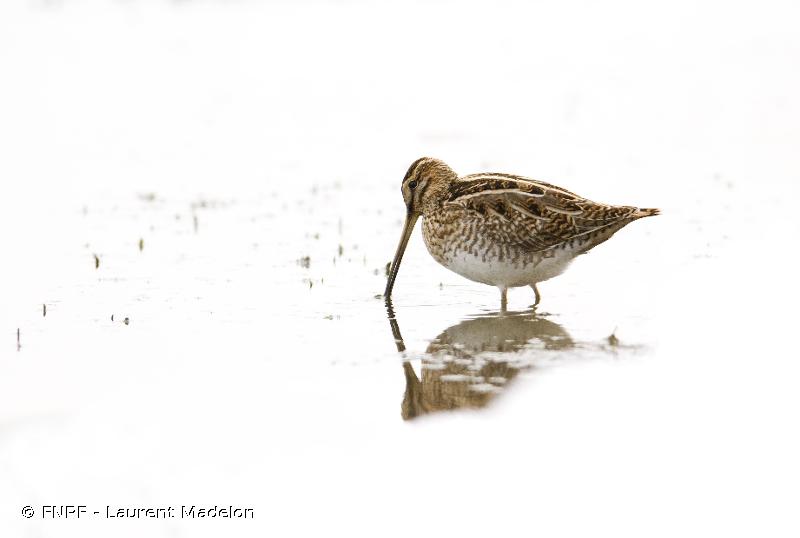
| Author : FNPF - Laurent Madelon |
 |
To get the picture, please visit:
Laurent Madelon
Fédération Nationale de la Pêche en France et de la protection du milieu aquatique
inpn@mnhn.fr
Despite the Creative Commons license, please inform the author of the use which will be made of his photo
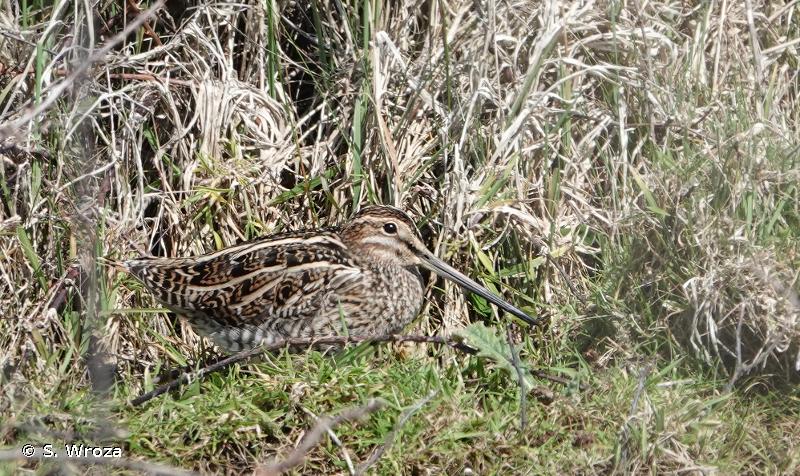
| Author : S. Wroza |
 |
Despite the Creative Commons license, please inform the author of the use which will be made of his photo
Taille/poids :
Longueur totale : 25 à 30 cm. Poids : 100 à 120 g.
Diagnose :
La Bécassine des marais est un limicole de taille moyenne. Sa silhouette est fine. Le bec d'environ 7 cm est long, droit et fin. Le plumage dorsal comporte des teintes brunes associées à des rayures claires assurant l'homochromie. La distance de fuite de la Bécassine des marais est de l'ordre de 20 à 100 m. Elle émet un cri d'alarme qui ressemble à un baiser bruyant et entraîne avec elle ses congénères. Son vol est ascendant, crocheté et très rapide, sa queue est arrondie.
Détermination :
Simple. Facile sur photo.
Espèces proches :
La Bécassine des marais se différencie facilement de la Bécassine sourde (Lymnocryptes minimus). Cette dernière, un tiers plus petite, s'envole dans les pieds sans crier, son vol est plus lent, droit et rasant, sa queue est cunéiforme.
Période d'observation :
Toute l'année, mais aujourd'hui très localisée en période de nidification.
Biologie-éthologie :
Cette bécassine se nourrit en sondant le sol. Les proies animales invertébrées sont majoritaires : vers oligochètes, larves et imagos d'insectes diptères, coléoptères, gastéropodes et crustacés ; on relève aussi la consommation de graines de plantes aquatiques.
Biogéographie et écologie :
Espèce de distribution paléarctique, la sous-espèce nominale est largement répartie en Eurasie et hiverne jusqu'en Afrique. La sous-espèce faeroeensis se reproduit en Islande et dans les îles environnantes, et hiverne essentiellement en Irlande et en Ecosse. En période de reproduction la Bécassine des marais affectionne les bordures de grands marais et les tourbières. En période internuptiale, on la trouve dans les prairies humides, les landes marécageuses, les bords de mares et d'étangs, etc. Elle apprécie particulièrement les places pâturées par le bétail.
Compilé par J. Comolet-Tirman à partir des Cahiers d’habitats.(UMS 2006 Patrimoine Naturel (AFB / CNRS / MNHN)),2017
Continental
Metropolitan France
Overseas
Marine
Metropolitan France
Overseas
The map presents a summary at the 10 x 10 km grid of the observation data for the species transmitted to the SINP. These data have been subjected to validation filters.
The map presents a reference distribution layer of the species at the scale of departments and marine sectors. The presence and absence data were established by expertise within a network of partners. This reference distribution is used in the validation process of the SINP data at the INPN level.
Corresponds to a report on the basis of at least one observation proved within a period of 10 years (20 years for little-known invertebrates) preceding the year and no presumption of extinction since obtaining the last data nor doubt on reproductive and implemented nature of this population. For migratory species, the presence indicated concerns areas of reproduction.
This status is based on one or more of the following criteria:
This point covers the absence, more difficult by nature to demonstrate than presence. This status is based on one or more of the following criteria:
This status must be assigned to a department in which the presence of the species is casual.
Particular case of absence due to a proven extinction less than a half century ago (older disappearances are treated as "no probable or definite").
In the state of knowledge, we can not comment on the presence or absence in the current department. This is the default status when not comprised in one of the previous categories or whenever there is doubt.
The map shows the global distribution of the species based on GBIF data (Global Biodiversity Information Facility).
